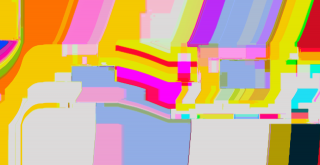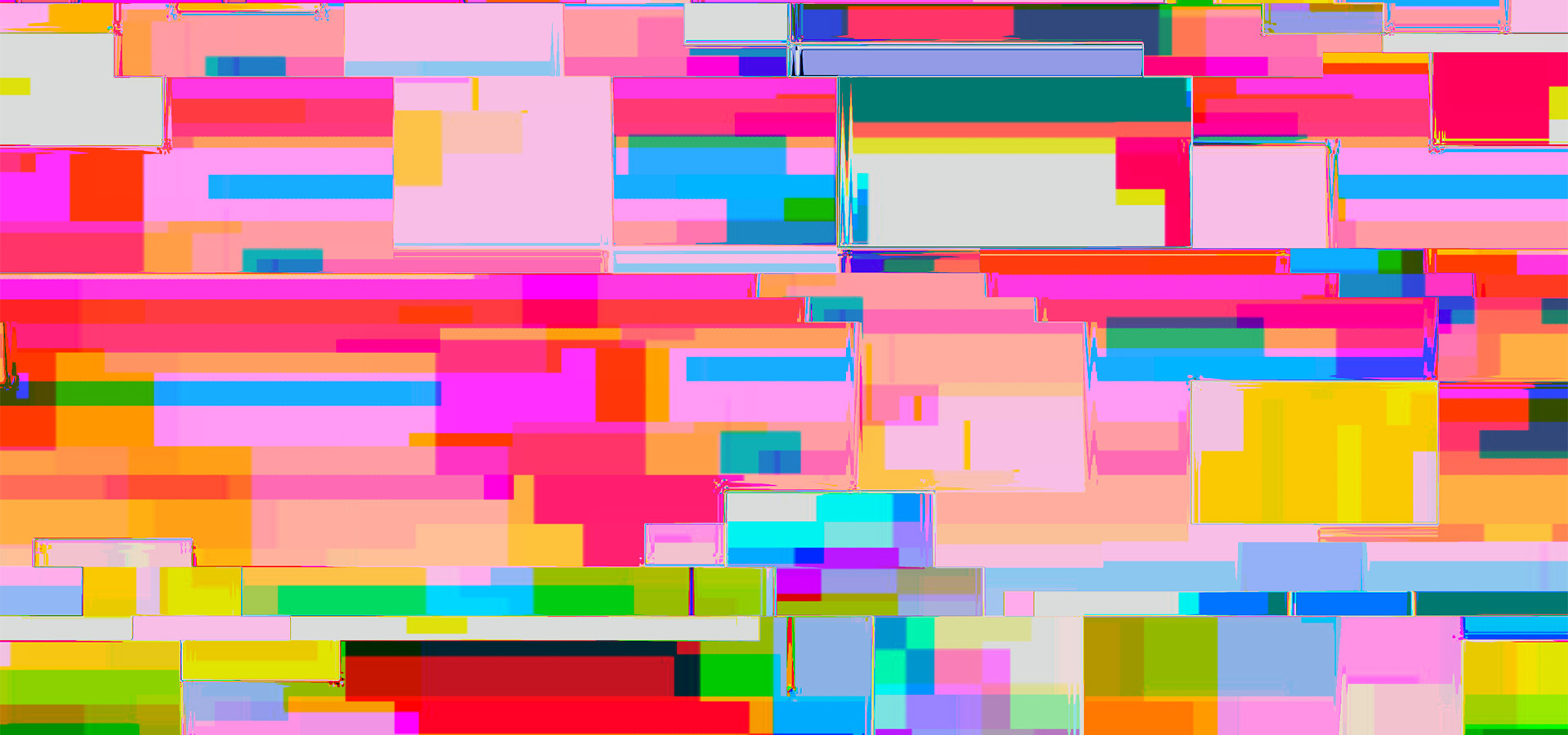Out of the 256 applications submitted to the open call the jury chose 50 artists to participate in the main exhibition of the 7th Tallinn Applied Art Triennial, “Ajavahe. Time Difference” opening on 21 April, 2017. We welcomed works that related to the topics of time, tempo, different notions of and approaches to time. The open call received applications from 32 countries, the final selection includes artists from 19 countries: Estonia, Norway, the Netherlands, Germany, Finland, Sweden, the United Kingdom, Belgium, Canada, Ireland, Israel, USA, Latvia, Lithuania, Spain, China, Switzerland, Taiwan and France.
We are happy to publish the list of artists chosen by the jury:
Naama Agassi, Ulla Ahola, Monika Auch, Beverly Ayling-Smith, Sofia Björkman, Chloe Brenan, Lin Chang-Rong, Eunmi Chun, Sara Chyan, Johanna Dahm, Hilde A Danielsen, Patricia Domingues, Jurgita Erminaitė-Šimkuvienė, Sabin Garea, Ellen Grieg, Adam Grinovich, Dainis Gudovskis, Kay Guo, Anita Hanch-Hansen, Maarit Helistvee, Nils Hint, Trine Hovden, Katrin Kabun, Pille Kaleviste, Joshua Kosker, Eero Kotli, Riikka Latva-Somppi, Thérèse Lebrun, Krista Leesi, Felieke van der Leest, Jaakko Leeve, Ivo Lill, Nanna Melland, Johanne Ness and Hanne Overland, Silja Saarepuu ja Villu Plink, Lucy Sarneel, Debra Sloan , Céline Sylvestre, Aet Ollisaar, OTSE! and A5 (Nils Hint, Annika Kedelauk, Rainer Kaasik-Aaslav, Annika Pettersson, and Adam Grinovich), Yuka Oyama, Ruudt Peters, Annelies Planteijdt, Edu Tarin (in collaboration with Klein & Becker GmbH & Co), Octave Vandeweghe, Tanel Veenre, Estela Saez Vilanova, Lin Wang, Hedvig Winge, Kiyoshi Yamamoto.
Members of the jury are art critic and editor André Gali from Norway, artist and educator Sarah Gilbert from USA, philosopher, critic and lecturer Eik Hermann from Estonia, gallerist, writer, translator and lecturer Keiu Krikmann from Estonia and jewellery artist, Program Manager of Fine Arts of the Saimaa University of Applied Sciences and lecturer Eija Mustonen from Finland.
Commenting on the decision-making process, the chairman of the jury, André Gali said: “Obviously we looked for qualities like good concepts relating to the theme of «Time Difference», innovative use of materials, exciting shapes and colours, but also how the works would relate to each other as a whole. We looked for diversity, in scale, in material, in artistic approach and attitude, and we looked for works that can evoke interesting conversations between themselves and with the viewer.”
The main exhibition of the Triennial on the theme “Ajavahe. Time Difference” will take place from 21 April 2017 to 23 July 2017 at the Estonian Museum of Applied Arts and Design in Tallinn, Estonia. A Grand Prix and two equal second place prizes will be awarded. The winners will be announced at the exhibition opening on 21 April 2017. The exhibition prize fund is 5000 euros. Additionally, the programme of the triennial includes a seminar, satellite exhibitions and a day of artist presentations.



